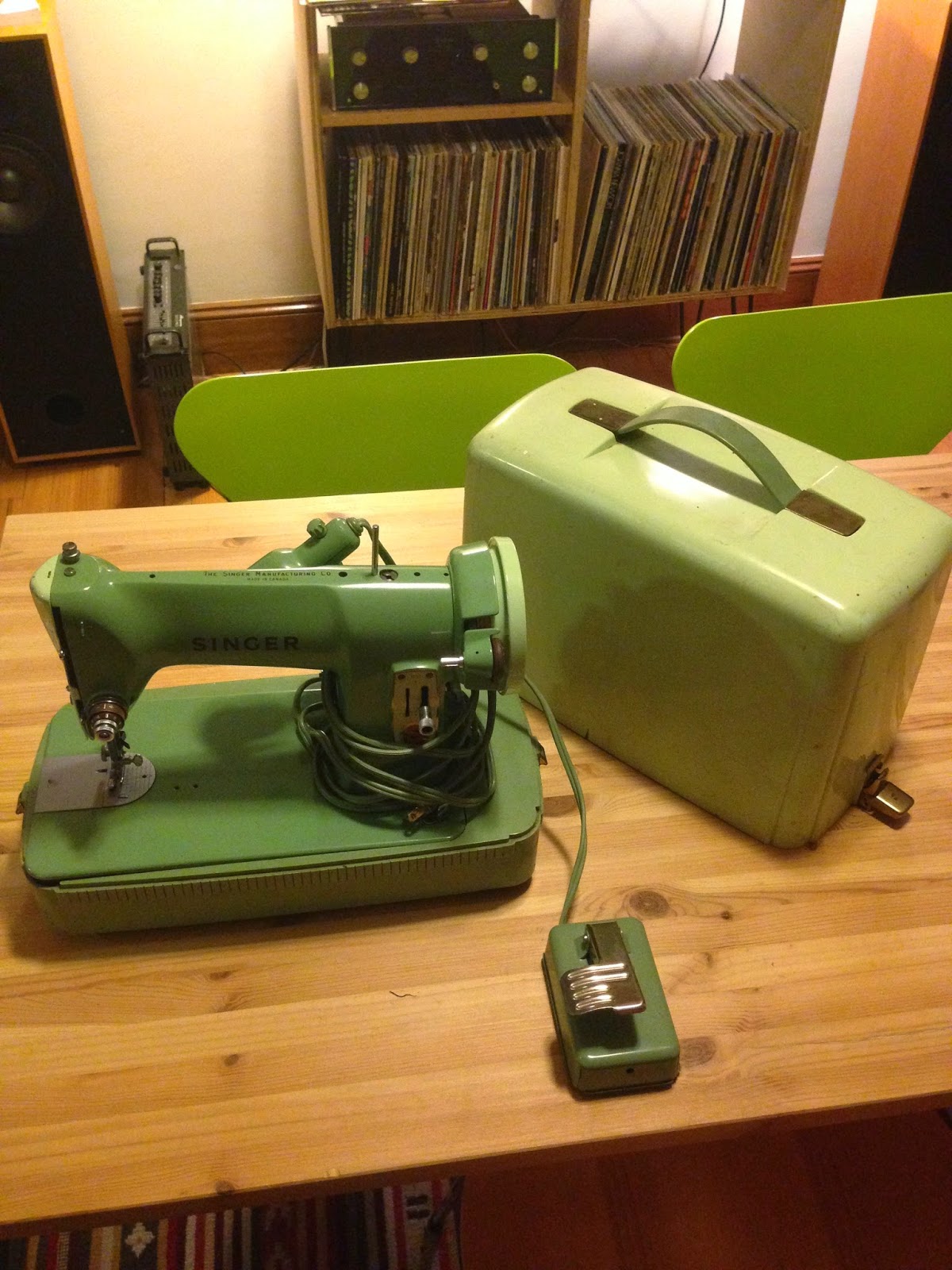Alright here I go. I've been wanting to post about this natural dye process for a while. I didn't have access to my computer for a while because of the move, also I wanted to create a couple of pieces with the textiles. So, this is my first attempt at using natural dye. Overall I was really satisfied. I learned a lot about the process and would definitely tweak some things for my next natural dye process. If you are interested in doing a natural dye yourself I would recommend Jenny Dean's
Wild Color.
I dyed wool, linen, and silk. If I did it again, I would just do one fiber at a time, as each fiber requires different treatment. Protein and animal based fibers such as wool and silk take in dye much more easily than plant based fibers, such as cotton or linen. I'm going to run you through the gist of what I did below. I was dying the silk for a very specific project I wanted to work on. I wanted to try to create a Pojagi or Bojagi piece. Pojagi is a Korean tradition of making a patchwork wrapping cloth. It is usually made from silk and hand sewn. Pieces of fabric were patch worked together because larger pieces of fabric were often unavailable. Below is my finished silk Pojagi piece, eventually a dowel and some string will be added so that it can be hung. If hung in front of a window it gives a great stained glass effect.
What you need:
Gloves, strainer, thermometer, large pots, alum, cream of tartar, tannic acid (tannic acid is only needed for plant based fibers. Below I have chestnut bark - this can also be made from acorns), and dye stuff - below is a bag of dried black beans
Soak all fibers for one hour before starting. Silk is to be soaked in cold water, but all other fibers soaked in hot water. Prepare your dye stuff, ideally you want 1/3 pot of dye stuff to 2/3 water. You can keep a stash of dye stuff in the freezer to keep it good. Below I prepped about 15 avocado pits and skins.
If your are dying linen or cotton you first need to treat your fiber with tannic acid, this helps the fiber soak up more of the dye. Fill up a pot with enough water to soak your fibers, add 1 tbsp of tannic acid and heat to 150-180 degrees, add fiber and let soak for one hour. Transfer fibers to a pot with 1 tbsp cream of tartar and 1 tbsp alum at at a temp of 150-180 degrees. Let soak for 1 hour.
While your fibers are being treated with the alum start your dye pot. In a new pot add enough water for your fibers, add your dye stuff. Below are my avocado pits (I needed way more than pictured that's why my results are so pale. Lets dye stuff heat up also between 150- 180 degrees for about an hour, stirring occasionaly
Once you get a nice dark color, strain out the dye stuff with a slotted spoon or strainer and transfer fiber from alum pot to dye pot. Let heat for one hour or until desired color. I took my fibers out after an hour, next time I would probably heat them for an hour, remove them from heat and let soak overnight. This would have give them a richer, darker color. Below is the hibiscus dye.
Rinse (animal and plant based) fibers in hot water well. Hang outside to dry
It is important not to shock the fibers, that's why when pre soaking animal and plant based (such as wool, linen, cotton) you soak them in hot water and then transfer them into a pot of hot water, they are always going from hot, to hot, to hot. Silk is a little different. Silk is pretreated in cold water for one hour. In a mug add 1 1/2 tbsp alum and 1 1/2 tbsp cream of tartar add hot water and stir to dissolve. Add this to cold water bucket and let the fiber soak over night. Prepare the dye stuff the same as you would to the other fibers 1/3 dye stuff 2/3 water heat at 150-180 degrees for an hour or so. Strain out the dye stuff and remove the bucket from heat. Once the dye cools down (this takes about 5 hours or so) take out silk fiber and dump the alum mix, place silk back in bucket and pour in enough dye to cover fabric. Let sit overnight. Below is hibiscus dye.
Dryed dyed silk fabric. From left to right: Hibiscus, avocado skin, turmeric, black bean
Pillow case with naturally dyed linen, and wool
Pot holder!

















































